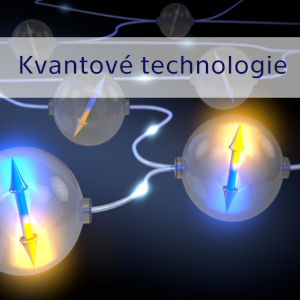Description: Optics and represents a powerful platform the quest to practical application of quantum technologies. Using quantum states of photons has been on the forefront in demonstrating quantum computation primitives and recently in demonstrating quantum supremacy, while solidly maintaining a leading role in sensing applications. Quantum optics, however, faces two major challenges: (i) photon-photon interactions are hard to boost (ii) the large number of optical modes need for advanced applications are hard to maintain and control. Optical time-multiplexing offers a possible solution for the latter: it allows the encoding of in principle unlimited number of modes into a single spatial mode. Hence relaxing the number of characteristic parameters that need to be controlled.
The goal of the project: The primary aim of the project is the theoretical study of optical time-multiplexing solutions, and the investigation of possible applications. The theoretical work is expected to be carried out in close collaboration with experimental partners at Paderborn University, running state-of-the-art optical laboratories. Outstanding theoretical results therefore have the outlook of experimental demonstration.
Expected skills and knowledge: solid knowledge of quantum mechanics is required, optics is a strong advantage
Language: The working language will be English. The preferred language for thesis is English, although Czech is also possible.
More about the supervisor: home page
[1] Th. Nitsche, Syamsundar De, S. Barkhofen, E. Meyer-Scott, J. Tiedau, J. Sperling, A. Gábris, I. Jex, and Ch. Silberhorn. Local Versus Global Two-Photon Interference in Quantum Networks. Phys. Rev. Lett. 125, 213604 (2020)
[2] A. Schreiber, A. Gábris, P. P. Rohde, K. Laiho, M. Štefaňák, V. Potoček, C. Hamilton, I. Jex, and Ch. Silberhorn. A 2D Quantum Walk Simulation of Two-Particle Dynamics. Science 336, 55 (2012)
[3] H.-S. Zhong et al. Quantum computational advantage using photons. Science eabe8770 (2020)
[4] Girish S. Agarwal. Quantum optics. (Cambridge University Press, 2012)
[5] M. A. Nielsen and I. L. Chuang. Quantum Computation and Quantum Information: 10th Anniversary Edition. (Cambridge University Press, 2011)





